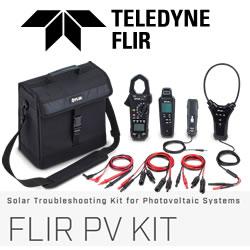World's Largest Carbon-Capture Plant to Open Soon
Using Industry 4.0 Know-how, North German Region is Going 100% Renewable: Test Run for the Energy Transition
Siemens unveils new hot rocks energy storage system
New solar panel integrates battery storage, inverter, and smart software into a single unit
Elon Musk aims to unveil Tesla solar power roof next month
Tesla Wins Large Contract with Utility for Energy Storage
SunPower Embraces Drones and Robots to Help Evolve Its Solar Farms
Think Wind Power Is Cheap Now? Wait Until 2030
China's Solar Panel Glut Undermines Its Agreement with the EU
New technology puts solar power to work all night long
Is solar power in nuclear disaster exclusion zones advisable?
Is Rent-to-Own Solar Power the Answer?
Why large-scale wind power is so hard to build
Transparent solar panels are 50 times more productive than regular photovoltaics
Solar cell is more efficient, costs less than its counterparts
Records 1141 to 1155 of 2278
First | Previous | Next | Last
Featured Product

